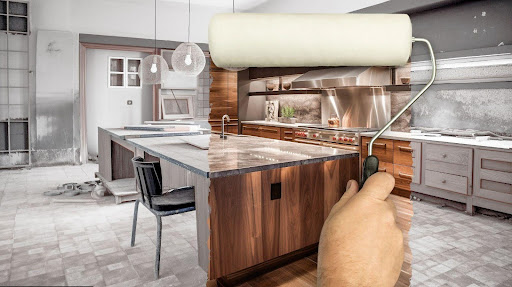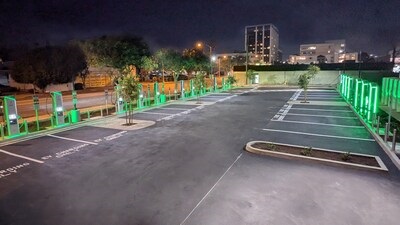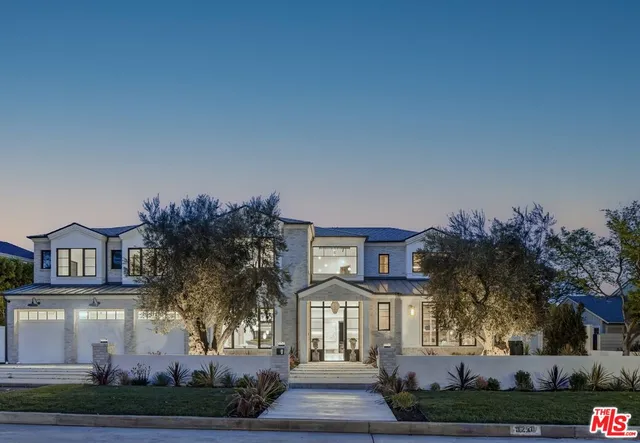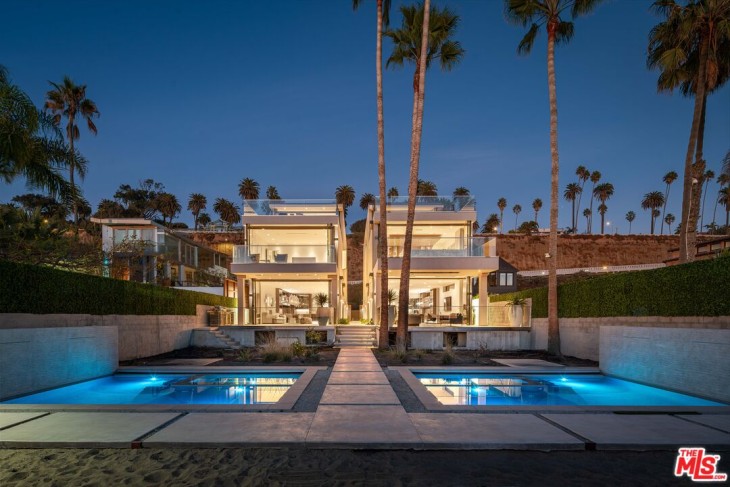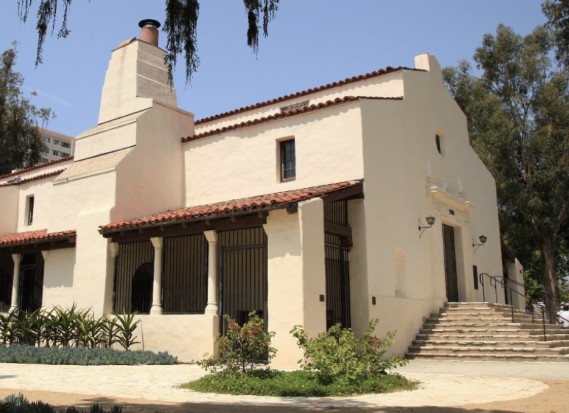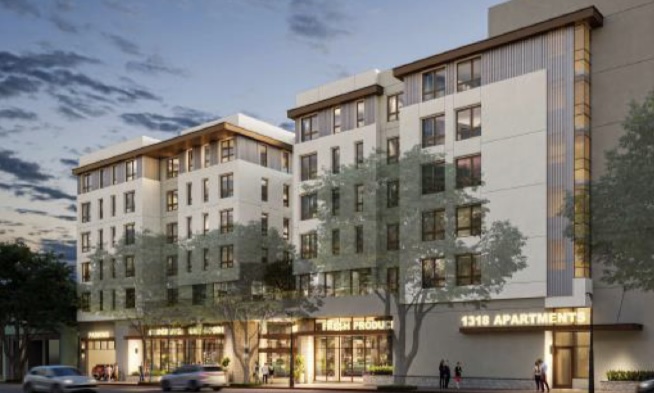Have you ever stepped inside your kitchen feeling uninspired about cooking or eating? You’re not alone. A recent survey reveals that 41% of American homeowners choose to renovate their kitchen because they can no longer stand how it looks. If you feel the same, it’s probably time for a kitchen transformation. (1)
This project may sound simple, but it takes more than updating fixtures or choosing a trendy paint color. It involves using timeless styles that accommodate your daily life and appeal to your senses.
But what does ‘timeless’ mean in the context of kitchen design? Here are a few considerations for kitchen remodels to give you a flawless experience regardless of the activities you need to tackle.
Mixing Aesthetics and Functionality
When you think of a dream kitchen, what comes to mind? High-quality fixtures? Custom cabinetry? A wide counter space? Smart storage spaces? Whatever your idea of an ideal kitchen is, your goal is to create a functional space that mixes beauty and utility.
To achieve a great balance between style and practicality in your kitchen, prioritize function, but don’t forget about visual pleasure. Always integrate ergonomic layouts that consider ease-of-use alongside elegant design details. Invest in classic fixtures—sinks, faucets, kitchen countertops, and custom cabinets—that complement the overall design without going over the top.
For the best results, you can hire the services of a custom kitchen specialist. Their top-notch craftsmanship and timeless designs can take your kitchen from uninspiring to stunning.
Picking Premium Quality Materials
Your design preferences should also consider durability. The choice of materials plays a key role in this department. Opt for natural stone, solid wood cabinetry, high-grade metals, and porcelain.
Premium quality materials are worth spending on not only for their longevity but also because they age gracefully and add a sense of luxury to the space. These materials have depth and character that synthetic options can’t replicate. Flimsy and trendy products that mimic them often get damaged easily.
Sticking to Classic Forms and Proportions
Functional kitchens don’t just contain stylish, high-quality products. They also exude effortless elegance that minimizes design clutter. Achieving this could mean choosing fixtures with classic silhouettes and architectural elements that feel intentional.
Knowing the right scales and proportions can also spell the difference between a great kitchen renovation and an underwhelming overhaul. If you have a small kitchen, for example, go for a modestly sized kitchen island to ensure you’ve got enough cooking space.
Creating Neutral Palettes With Personality
Whites, grays, and muted tones are popular choices for a reason. They serve as sophisticated bases that look amazing with a splash of color or texture. Use the 80/20 rule when harmonizing shades in your stylish custom bathroom. Make 80% of the space neutral and allocate 20% with bold colors.
When choosing a color palette for paint and bathroom décor colors, always refer to a color wheel to see if your chosen combo creates visual harmony. Pick hues that sit next to each other for a subtle combination. Aiming for a contrasting look? Choose shades that are opposite each other.
Making the Most Out of Your Lighting
Custom kitchen remodels aren’t complete without light fixtures. They can affect the functionality and ‘feel’ of your cooking and dining areas. Use them individually to highlight architectural features, create ambiance, and enhance user experience. You can also layer ambient, task, and accent lighting to serve different purposes and generate varied moods.
Think about the different activities that take place and plan the lighting for each area. A good rule of thumb is to use ambient light for overall illumination. Function areas like countertops and prep space could benefit from task lighting, including light-emitting diode (LED) lights under kitchen cabinets. Use accent lighting like wall sconces to highlight an interesting accent wall pattern.
Infusing Modern Conveniences and Personal Touches
You may not consider yourself a professional kitchen designer, but you can bring your kitchen to life by integrating features that reflect your style preferences. Inject your personality into your living spaces by placing accents thoughtfully. An eye-catching piece of artwork or a photo that tells your story is a good conversation starter. Sometimes, it can be subtle, like using a unique fabric texture and ceramic mosaic tiles.
Combine tradition and innovation by incorporating technologies like smart appliances, lighting, and fixtures. Just make sure these devices enhance your space without affecting its timeless appeal.
Additional Tips
These tips can further help you achieve your design goals, whether you’re planning an extensive kitchen project or leaning toward a transitional kitchen design:
Make It Complementary, Not Identical
You don’t have to make everything look the same when selecting materials and finishes. Pick those that echo the other elements in other key spaces. For example, you can install chrome metal fixtures in your bathroom to match your stainless-steel appliances or shiny kitchen worktop perfectly. At the same time, wood accents look magical when paired with brushed nickel finishes for a textured and rustic look.
Facilitate Good Flow
When planning a kitchen layout, create a logical flow that facilitates smooth movements. Place appliances along an easy-to-navigate path to minimize steps during cooking. Your prep space should lie next to your sink for easy washing and chopping. Space-saving features like built-in drawers and recessed niche shelves create uncluttered spaces that allow you to move freely.
Seek Help From the Experts
Consulting with custom kitchen designers may spark valuable ideas and provide you with more realistic perspectives. Experts can guide you on the nuances of the project, including the cost of kitchen remodeling. They can also give access to high-quality products that otherwise wouldn’t be available if you’re doing it yourself.
A timeless design should be versatile enough that it allows you to incorporate new trends in the future without the need for a major overhaul. Trust your instincts and consider contacting an experienced team that provides comprehensive kitchen remodel services if you don’t know where or how to start.
How Much Does It Cost?
Kitchen remodeling costs vary wildly, depending on your location, proposed design styles, and the scope of work. Latest figures show that American homeowners spend USD$27, 015 on average, although complete kitchen makeovers could reach as high as USD$130,000. Countertops, flooring, and cabinets make up a huge chunk of the costs, so choosing mid-range yet durable materials is crucial if you want to lower your spending. (2)
At almost 96% cost returns, minor kitchen upgrades have one of the highest yields in any home improvement activity. That’s why realtors often recommend a kitchen refresh if you’re selling your property amid slower home sales. (3)
Concluding Thoughts
The kitchen remodeling process requires thoughtful planning and proper implementation. You’ve got to create an environment that’s perfectly attuned to your life. Every element, from the flow of the layout to the feel of materials, should resonate with you. Choose a timeless design and incorporate your personal style, and you’re making your kitchen relevant not just today but also for many years to come.
Turning this living space into an activity-filled hub entails costs. But consider it a worthwhile spending on your sense of well-being.

